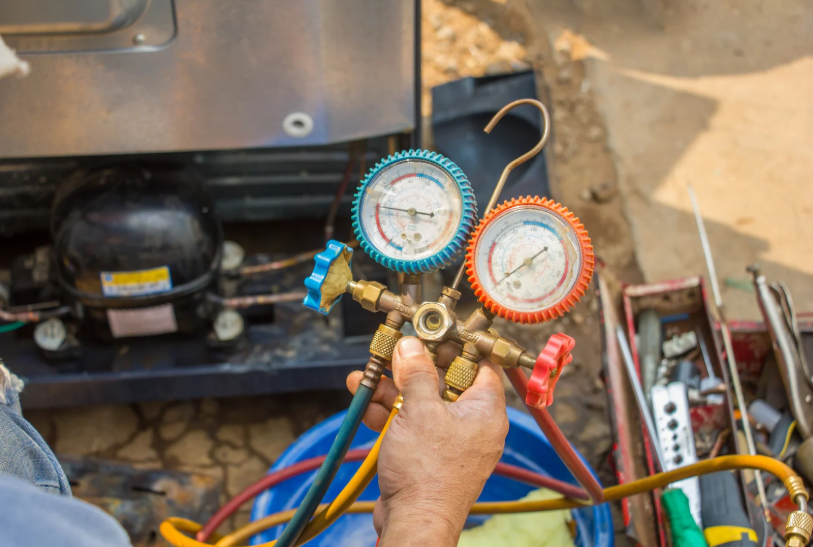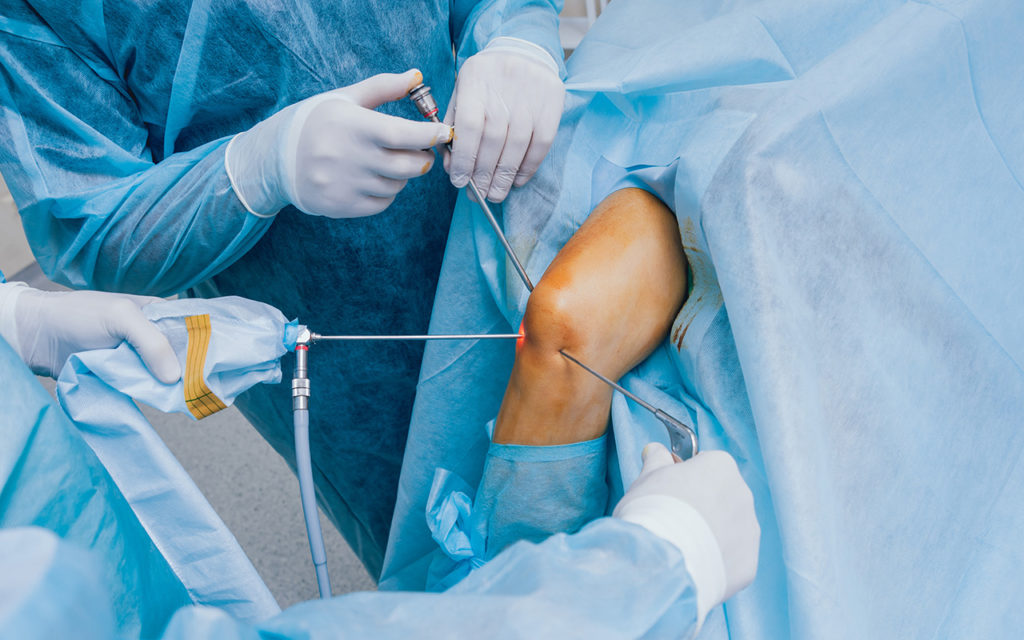Refrigerator repair is an essential service for every household when the appliance starts to show signs of malfunction. But getting your fridge repaired is only half the battle. Ensuring it stays in optimal condition afterward is equally important. Whether your appliance just had a compressor replacement or a simple thermostat fix, proper post-repair care will determine how long your fridge serves your household efficiently.
DWS Pte Ltd, Singapore’s trusted expert in refrigerator repair, emphasizes the importance of ongoing maintenance after a service visit. Their professional team often sees recurring issues that could have been avoided with just a few simple habits. Here are expert-approved tips to extend the life of your fridge after a repair job.
Why Post-Repair Care Matters
After a refrigerator repair, many homeowners assume the issue is permanently resolved. However, even the most skilled repair work requires backup through routine care. Mechanical parts experience wear over time, especially when maintenance is neglected. With proper upkeep, you can avoid the same issue from resurfacing or new problems from developing.
DWS Pte Ltd has seen firsthand how regular maintenance after refrigerator repair leads to long-term energy efficiency and fewer breakdowns. Post-repair care helps protect the investment you’ve made into the appliance and ensures smoother performance for years to come.
Keep It Clean and Organized
One of the easiest ways to extend the life of your fridge is through cleanliness. Dirt and dust buildup—especially on the condenser coils—can make your fridge work harder than it should, leading to premature wear. Clean the coils at least every six months and wipe the interior surfaces regularly to prevent mold and bacteria growth.
Keeping your refrigerator organized also supports airflow inside the unit. Avoid overstuffing it, as doing so can block vents and reduce cooling efficiency. After a professional refrigerator repair from DWS Pte Ltd, this simple step can significantly improve the appliance’s performance.
Monitor Temperature Settings
Fridge temperature should ideally be between 1°C and 4°C, while the freezer should be around -18°C. Many people unknowingly change these settings or ignore them altogether after a refrigerator repair.
Make it a habit to check temperature readings weekly using a separate thermometer. If the temperature is too low, your fridge might overwork; if too high, food spoils faster. DWS Pte Ltd recommends maintaining optimal settings to ease the load on the repaired components and reduce long-term stress on the system.
Check Door Seals and Gaskets
Loose or cracked door gaskets are one of the top causes of energy loss, and they can undo the benefits of your recent refrigerator repair. Test the seal by placing a dollar bill in the door and closing it—if it slides out easily, your seal may need replacement.
DWS Pte Ltd frequently replaces faulty door gaskets during service calls. They stress that poor seals can cause the fridge motor to work overtime, increasing the risk of another breakdown. Keeping the seals clean and intact will go a long way in preserving your appliance.
Avoid Frequent Opening and Overuse
Refrigerator doors should be opened only when necessary. Constant opening allows warm air to enter and forces the compressor to work harder, especially after a recent repair when internal components are still stabilizing.
Teach your family to plan their fridge visits and close the door promptly. This small change can enhance energy efficiency and ease the pressure on your recently repaired appliance.
Keep It Well-Ventilated
Your fridge needs breathing room. Make sure it’s not pushed up against the wall, and leave a few inches around it for air to circulate. Avoid placing it next to heat-generating appliances like ovens or direct sunlight.
During refrigerator repair assessments, DWS Pte Ltd often advises clients to relocate their units or adjust spacing for better ventilation. Good airflow ensures better cooling performance and helps prolong compressor life.
Regularly Inspect for Issues
Even after a successful refrigerator repair, regular inspections can help catch small issues before they become major problems. Listen for unusual noises, monitor for frost buildup, and check for leaks or bad odors.
DWS Pte Ltd recommends a quick monthly visual check and a more thorough inspection every six months. This proactive approach keeps your appliance running smoothly and alerts you early if further servicing is needed.
Power Surge Protection
Fridges are vulnerable to power surges, especially in areas with unstable electricity. A surge protector is a small investment that can prevent serious damage to sensitive components after refrigerator repair.
DWS Pte Ltd encourages all clients to install surge protectors for their major appliances. It’s one of the easiest ways to shield your fridge’s internal circuitry and compressor from irreversible damage.
Takeaway
A refrigerator repair may fix the problem, but smart maintenance habits are what truly keep your fridge going strong. From keeping it clean and monitoring temperatures to inspecting seals and using surge protectors, small steps can make a big difference. Trust DWS Pte Ltd to not only provide expert refrigerator repair but also guide you in extending your appliance’s lifespan through preventive care and professional advice.
FAQ: Post-Refrigerator Repair Care
How often should I clean the fridge coils?
Every six months is ideal. If you have pets or a dusty environment, consider doing it more often.
What temperature should I keep my fridge at after repair?
Maintain between 1°C and 4°C for the fridge and around -18°C for the freezer for optimal performance.
Can frequent door opening damage a recently repaired fridge?
Yes. It forces the compressor to work harder, especially while the system stabilizes after repair.
Is it safe to plug my fridge into a power strip?
Use a dedicated surge protector designed for heavy appliances. Avoid multi-outlet power strips.
How soon can I schedule preventive maintenance after a repair?
Most experts, including DWS Pte Ltd, recommend booking a preventive check-up six months post-repair.






